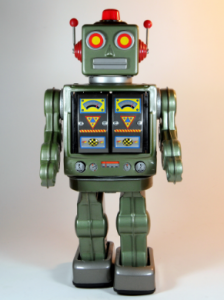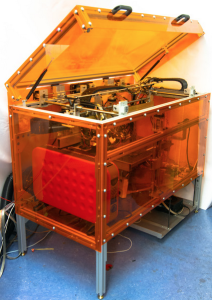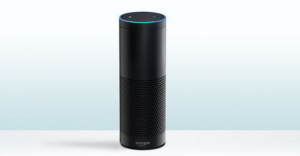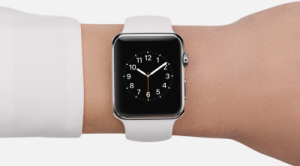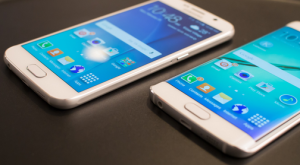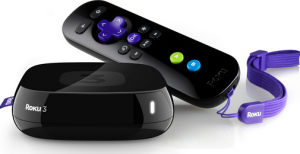The NFL’s 2017-18 season came with its fair share of injuries, ranging from the more common — like torn ACLs, rotator cuff issues, and some complications from reparative surgeries. However, one incident stands out from the rest, and that is the head and spinal injury acquired by Steelers linebacker Ryan Shazier during their match with their long-time rivals, the Cincinnati Bengals. The moment Shazier collapsed to the ground clutching his back is one that will haunt all who witnessed it, both in the stands and at home.
Thankfully, the Steelers linebacker is well on the road to recovery, as he is finally home from the hospital and able to stand without assistance. Furthermore, he is determined to support his team in the upcoming season, one way or another.
One benefit to such incidents is that they inspire researchers in the medical and tech fields to seek new methods of tracking and protecting athletes from such debilitating, career-ending — and even life-threatening — injuries.
So far, wearable technology seems to be the most fitting method of achieving this goal. At one time, such devices were simply utilized to track athletes’ steps, sleep patterns, and overall performance, aiding coaches in determining the best methods of improving practice sessions and strategies. Now, however, these sensors can be utilized to measure athletes’ stamina, as well as the implications of the many collisions they encounter during any given game.
In order to discreetly collect this pertinent data, researchers tested the utilization of sensor-filled mouth guards, which included gyroscopes and accelerometers. The gyroscopes were used to track where a given player’s head was in space, offering insight into how players were holding their heads and how those positions correlated with their stamina (e.g., players who held their heads down, thus exposing the crowns of their heads and spine to injury, were often tired). The accelerometers, on the other hand, detected a player’s speed and movement around the field.
These tools were effective in showing researchers not only where players were hit, but how hard they were hit as well. If a given player was hit with a particularly intense blow, the sensors would notify the coaches via Bluetooth, signaling the player ought to be taken off the field and examined.
Although it is difficult to determine just when such devices would be employed on the field, it is encouraging to see that serious injuries are finally being viewed and treated as such, and that players’ health and wellbeing are finally being prioritized by the medical community. Hopefully, these developments will soon encourage coaches and strategists to follow suit, rather than pushing injured players back on the field for the sake of winning a game.



